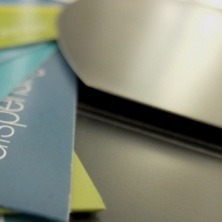And how to avoid them
To understand why rebrands can go wrong we first need to find out why companies undertake them. Then we can take a look at the costly mistakes of others and take home some priceless advice for ourselves.
Let’s kick off, though, with a practitioner of non-violence and a bearded scientist. It seems only right to do so.
A world of change
Mahatma Gandhi and Charles Darwin - They both knew a thing or two about the need for change.
For Gandhi change was something we proactively embraced. For Darwin it was something we reactively adapted to. Between their conflicting views lies the whole spectrum of a business’s reasons to rebrand. Let’s hear what they have to say before we find out what it may mean for your company.

Be the change that you wish to see in the world Mahatma Gandhi
Image source: http://www.biography.com/
It is not the strongest or the most intelligent who will survive but those who can best manage change Charles Darwin

Image source: http://www.smithsonianmag.com/
Rebranding mistake #1: Not knowing why you are doing it
A rebrand is born out of a need not from desire. Make sure you understand exactly why you are rebranding, or your chances of success are zero.
A rebrand is not the place for woolly thinking, even if your over-all aim is to position yourself as more fluffy and cuddly. Be clear about whether you are a Gandhi or a Darwin. Pinpoint what has changed or is about to change. Your understanding of the dynamics behind the rebrand will inform your research and responses.
Those who regularly review their brand can often avoid the need for a rebrand through iterative tweaks rather than wholesale jolts.
Sometimes, though, the past and the future have a habit of creeping up on us. Make sure you understand exactly what your past is and where you want your future to be.
Take home #1: Rebrands carried out successfully do not solve problems: they respond to them. Rebrands carried out poorly simply cause them.
Rebranding mistake #2: Thinking you own the brand
What is a brand? We only ask because so many brands, that are big enough to know better, make rebranding mistakes simply because they fail to grasp what they are dealing with.
It’s only in the macho world of cattle herding that a brand is something you use to place your mark on your group of products. In the real world your brand is not owned by you. It is an attribute that is negotiated through your interaction with customers and competition.
Tropicana infamously unilaterally decided that its packaging and brand was out of date. In our opinion correctly. But that doesn’t mean a rebrand was the right thing to do.
Without finding out what its customers thought, and with an eye on a glorious future, Tropicana unveiled its crisp and clean new look in supermarkets all over the country. Strangely the accolades did not roll in, instead the rebrand was met by consumer indifference, and stranger still, a consumer backlash.
Tropicana didn’t understand that the brand was owned by its customers as much as it was owned by itself. Customers had an emotional connection with the brand. It was part of their morning ritual, and no-one likes being woken up rudely.
Within four months of the rebrand Tropicana sheepishly and silently was back in its old packaging.
Take home #2: If you don’t want the juice squeezed out of you, remember that your brand is more than a boardroom plaything. It lives and breathes outside your business.
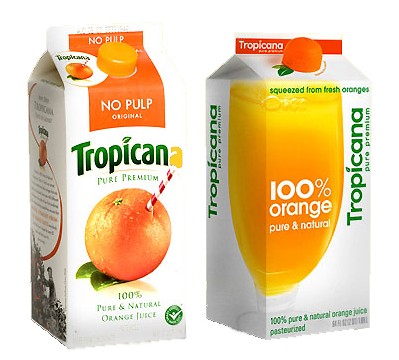
Tropicana didn’t understand that the brand was owned by its customers as much as it was owned by itself. Customers had an emotional connection with the brand. It was part of their morning ritual, and no-one likes being woken up rudely.
Rebranding mistake #3: Thinking a brand is an empty promise
If a young child wants to hide they will often simply close their eyes. If they can’t see you, then you can’t see them. This urge never leaves some of us. Companies sometimes believe that saying so makes it so.
Your brand must fit your business, its marketing, its customer service and its ethos. A brand is not a magical bolt-on that makes a lemon an orange.
BP felt the millennial urge to make a change in 2000. It replaced its old logo with a new one. The Helios logo is meant to symbolise and represent the company’s green growth strategy and environmental concerns. Like a child closing its eyes BP felt it could will itself into a set of brand values.
It all back-fired in 2010 with the Deepwater Horizon oil spill. The brand was hijacked by Greenpeace who organised a highly popular competition online to find the design of a new, more honest logo for BP.
Take home #3: Your business must live the brand as well as have it designed.
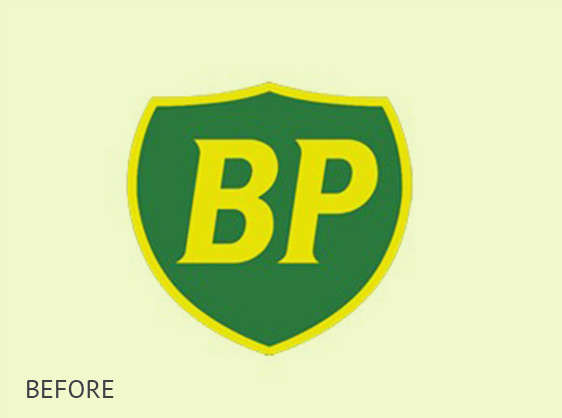
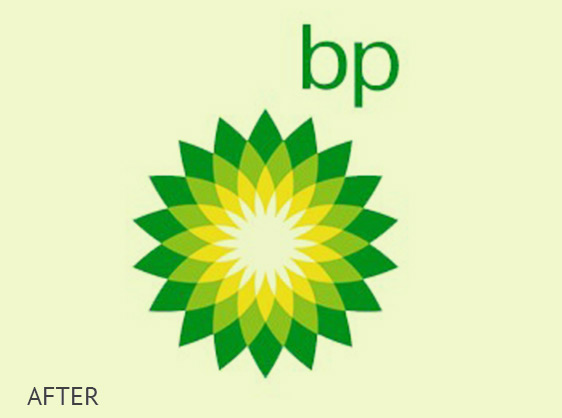


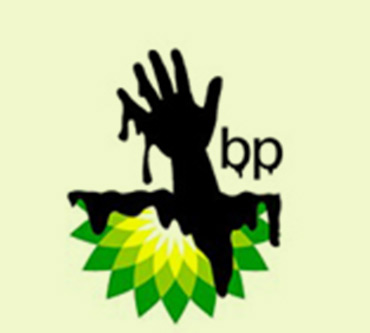


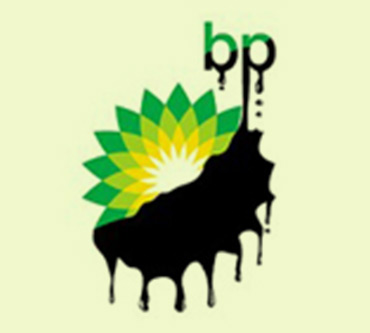
Rebranding mistake #4: What’s in a name?
Rebrand by committee rarely works for the simple reason that internal debates quickly replace an external focus.
The Royal Mail rebrand has all the trademarks of a committee decision. In January 2001 the instantly recognisable Royal Mail became the eminently forgettable Consignia. On paper the new name seems modern, less stuffy and more streamlined. It rings all the right semantic bells too.
To consign (verb): "To give over, to entrust, to deliver, to set apart." Unfortunately no-one walks around with a dictionary, and Consignia just doesn’t roll off the tongue. The new name carried different connotations for most people.
Consignia (nonsense): "To waste money, to make bland”. Within the year the committee finally got the message and Royal Mail was back.
Take home #4: A modern company does not have to have a meaningless, fatuous name.
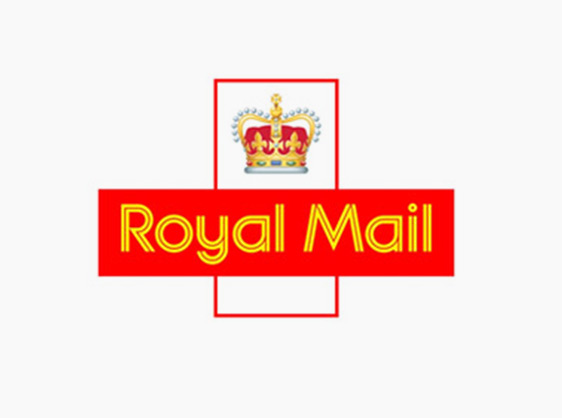
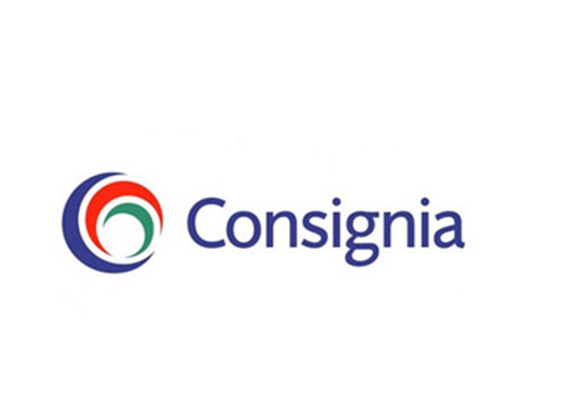
Rebranding mistake #5: Keeping the bathwater
Successful rebrands are not always radical changes of messaging, livery and values. Sometimes a nip here, and a tuck there, can do just as good. The next example shows that sometimes doing just a little can alienate your loyal customers but still leave the dirty bathwater swilling around in the tub.
The SciFi Channel was never just about science fiction. It broadcast dramas, horror, fantasy, and even wrestling. Yet it was decided that the phonetically matching, but clumsy, Syfy helped remove the sole association with science fiction. It also, according to a press release, “positions the brand for future growth by creating an ownable trademark that can travel easily with consumers across new media and non-linear digital platforms.”
In trying to keep the SciFi connections, whilst simultaneously dropping them, the rebrand did too much for its hard core fans and too little to achieve its new goals.
Perhaps something altogether more out of this world would have been appropriate.
Take home #5: You don’t have to be radical to rebrand but you do need to be coherent. Rebrands can’t try and lose their cake and then eat it.

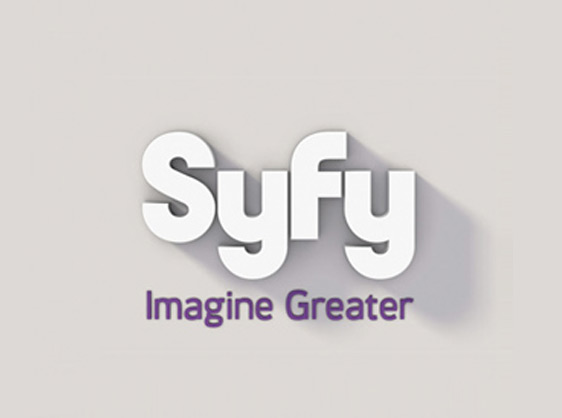
In trying to keep the SciFi connections, whilst simultaneously dropping them, the rebrand did too much for its fans
Rebranding mistake #6: It’s rebrand or nothing
How you announce a rebrand is a major planning decision.
- Quietly like Tropicana?
- Or with a big fanfare like Consignia?
- Gradually, by drip feeding leaks and tasters?
- Or overnight?
Of course, there are no right or wrong answers. There are, however, ways to definitely not do it. Once the decision is taken everything must be ready to go.
Ready to go food is what Wendy’s in the States does well. Ready to go rebrands are obviously not quite its thing.
The management team at Wendy’s made the mistake of seeing a rebrand as nothing more than simply slapping a new label onto a few things. Actually if it’s worth doing a rebrand will address design, service and product offering, customer service, copy and marketing, to name just a few. Rebrands are across the board, not just for logos.
Due to poor implementation and planning the recent rebrand for fast food chain Wendy’s was inconsistently applied in the chain’s restaurants. For over a year the fast food chain suffered a dreadful mish-mash of old and new logos, clashing designs and a pervading sense of schizophrenia.
Take home #6: Rebrands need careful planning and do not take kindly to half-measures.
A world of lessons
We started with Gandhi and Darwin. We next learnt from Tropicana, BP, Royal Mail, SyFy and Wendy’s. We’ll give the last word to Steve Jobs, someone who knew a fair deal about rebranding.
Every brand will make a mistake. The trick is knowing how to recover from your mistake.
Steve Jobs



